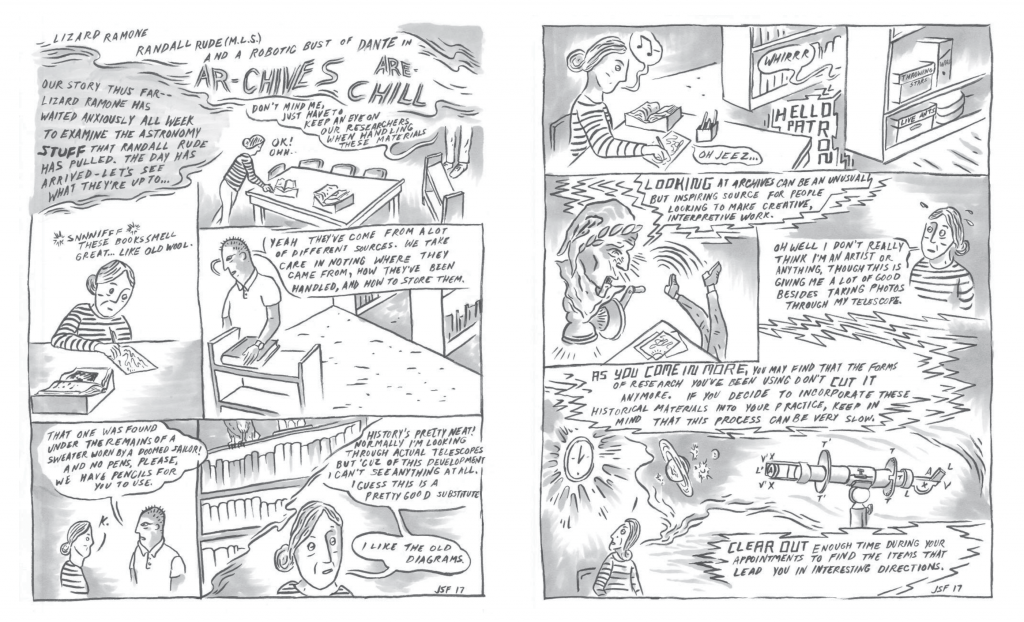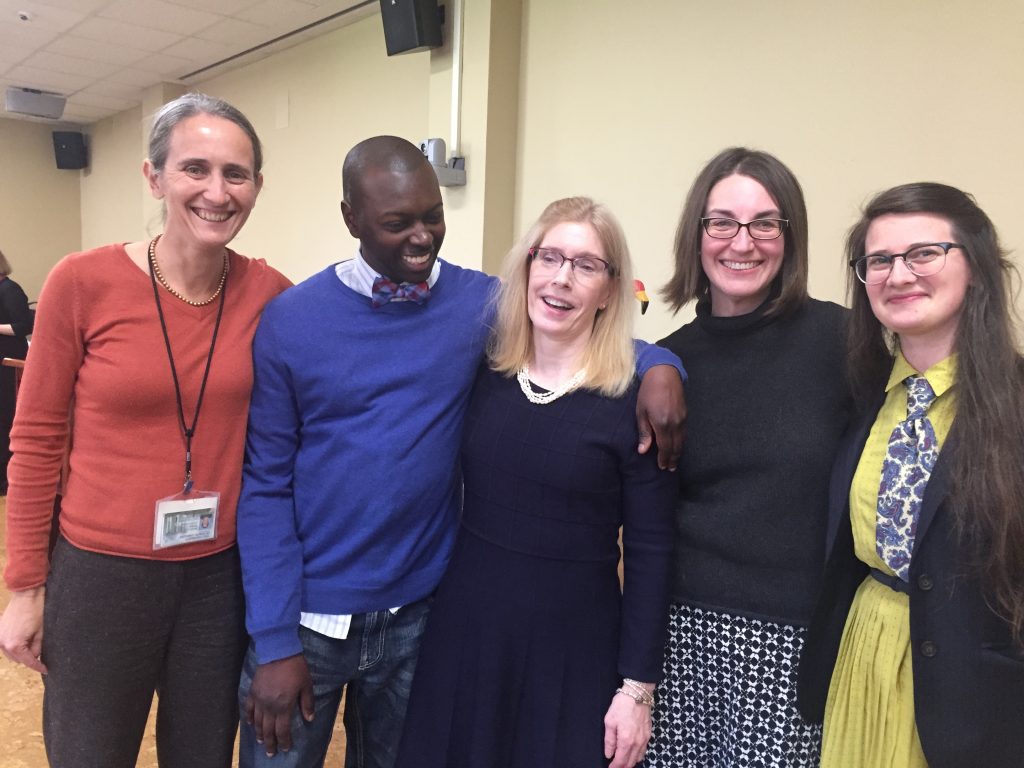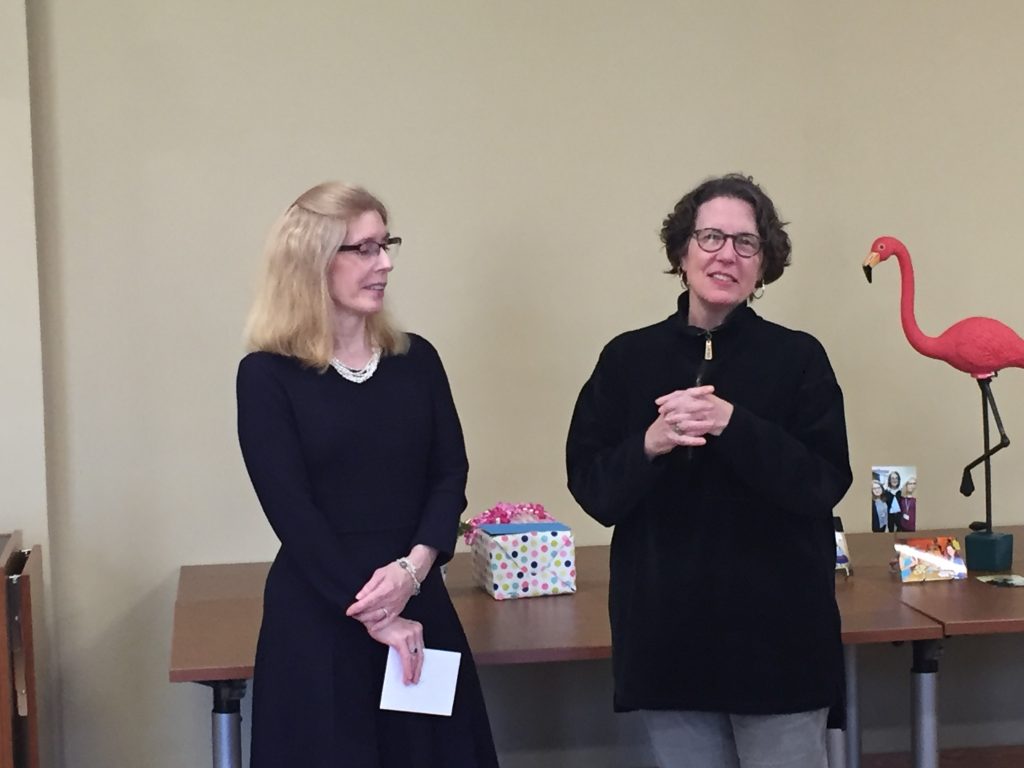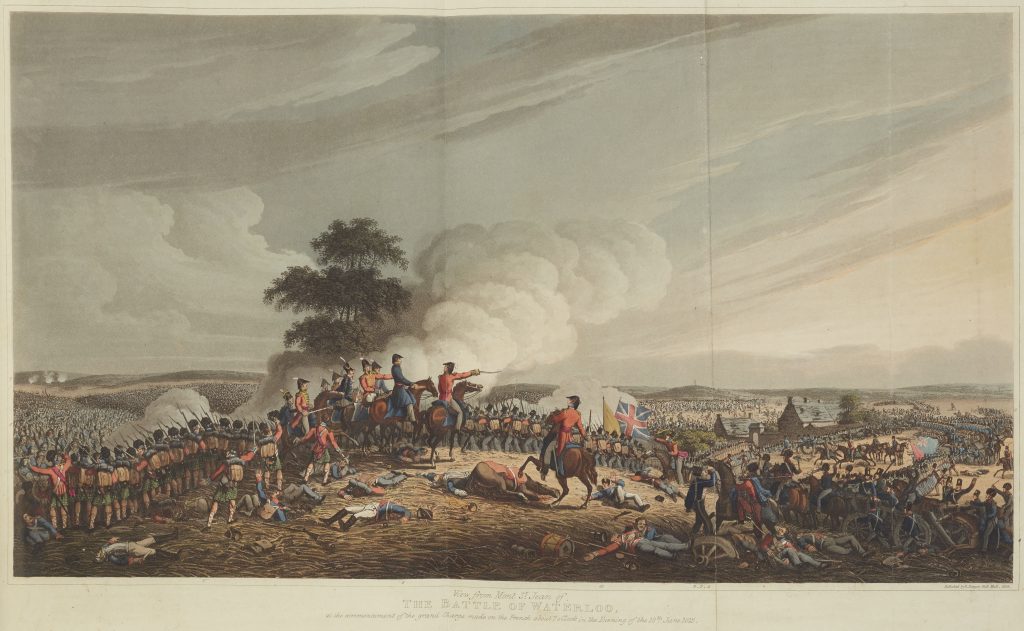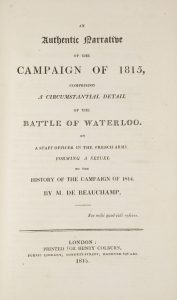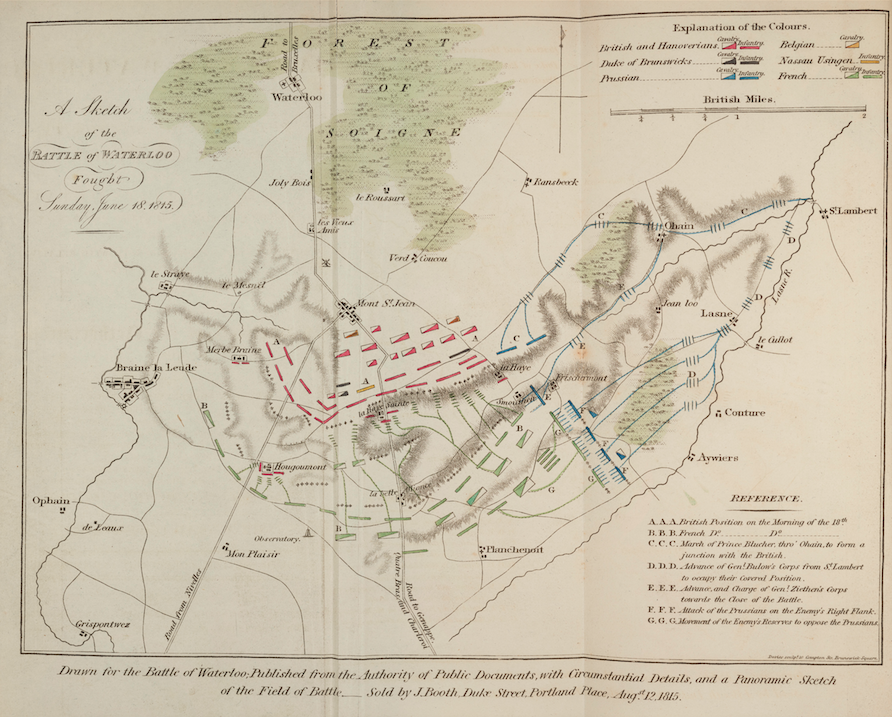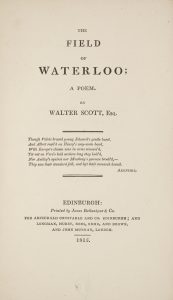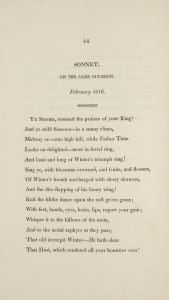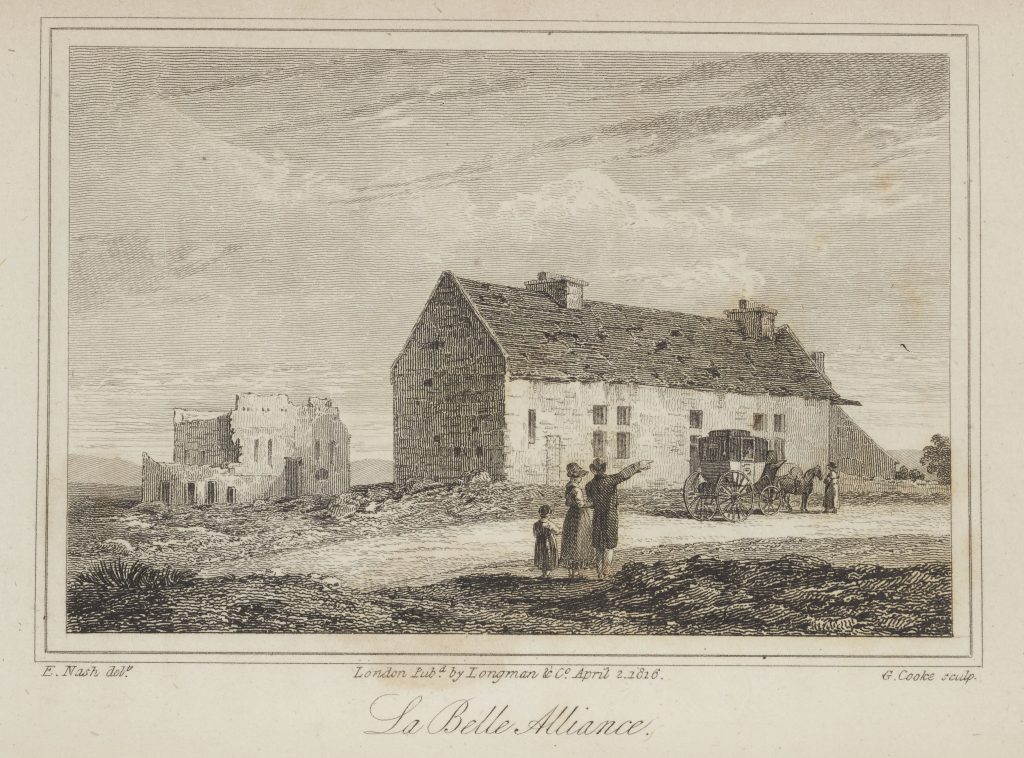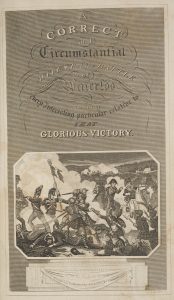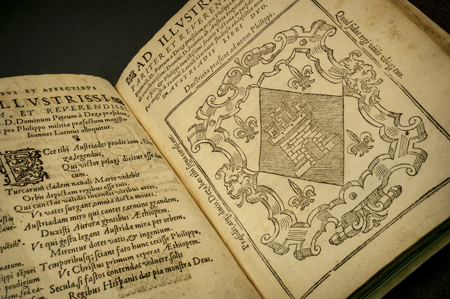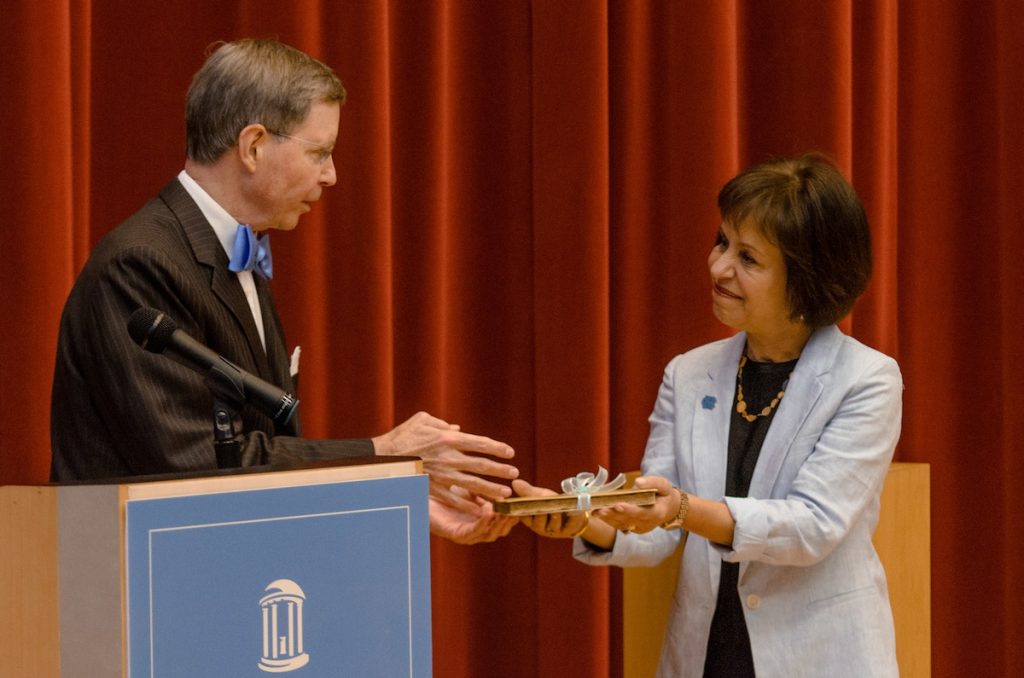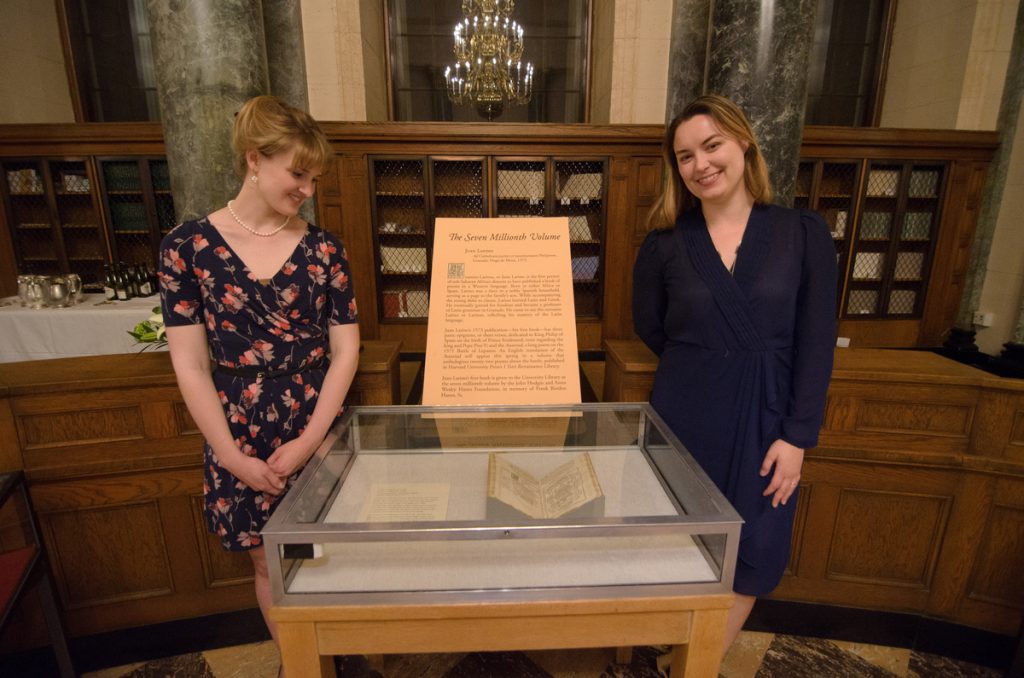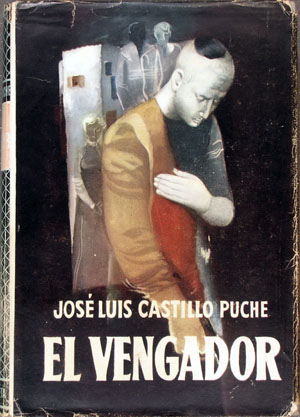
In December 2014, UNC-Chapel Hill provided the Internet Archive with a digital facsimile of an extremely rare treasure: the Rare Book Collection at Wilson Library’s copy of James Malcolm Rymer’s The String of Pearls, or the Barber of Fleet-street, A Domestic Romance—the longest and final edition of this original source of the urban legend of the homicidal barber Sweeney Todd.
The bound volume consists of a complete run of individually-published parts of the “penny blood,” a Victorian fiction serial targeting working-class family readers. Only two such copies exist. The other one is in the Barry Ono Collection at the British Library and is not entirely identical to the UNC copy. At the open-access Internet Archive, anyone with internet access can read The String of Pearls.
This is an important text in the British reaction to the Industrial Revolution. In The String of Pearls, Todd’s accomplice Mrs. Lovett hires a succession of frighteningly disposable workers to operate her subterranean “pie manufactory” (58). The archaic term emphasizes that it’s a factory, not a bakery, not even an industrial kitchen. The workers are warm, housed, and fed, but without any company, dialogue, art, science, or other kind of humanistic solace, they “contemplate… suicide” (241).
However, it is not the most accessible Victorian novel. There is no critical edition of the 1851–1 text, nor any edition of that text published since 1850. This is problematic because the penny parts are riddled not only with references to a culture that no longer exists, but with a great many typesetting errors, probably due to its publisher Edward Lloyd’s frenetic publication pace. Moreover, the interface of the Internet Archive doesn’t easily facilitate twenty-first century popular reading—that is, reading on a phone.
To solve these problems and make the story of Sweeney Todd accessible to a new generation of readers, upper-level undergraduate students of English and Digital Humanities at the University of Wisconsin, Green Bay (UWGB), have been creating a digital documentary edition of The String of Pearls. Since 2015, these students and UNC alumna Rebecca Nesvet, Assistant Professor of English at UWGB, have been correcting the Internet Archive’s OCR-generated transcription of the UNC copy, encoding the resulting transcription in XML in accordance with the Text Encoding Initiative (TEI) Guidelines, and annotating the text with contextualizing notes (and corrections of the original typos.) In 2016–7, UWGB student (now alumnus) Matt McAnelly designed a Graphical User Interface (GUI) intended to make the edition legible on a phone. By January 2018, the team has produced a very rough draft of the first sixty chapters. This spring, we will receive feedback from external peer reviewers: undergraduates at Babson University, taught by Prof. Kellie Donovan-Condron.
Still to come is proofreading of most of the existing chapters, additional chapters and notes; web development for improved accessibility and nonlinear reading; a bibliography; and a searchable gallery of illustrations, displayed in a carousel.
To “attend the tale of Sweeney Todd” (as Stephen Sondheim advised in his 1979 musical adaptation), you can start with Nesvet’s General Introduction, then read the main text chapter-by-chapter. Alternately, consult the Chapter Synopses to find the most exciting bits of the long-running serial.
The UWGB editorial team is inexpressibly grateful to the RBC for acquiring The String of Pearls in 2013 and making it publicly available both in Wilson Library and via the Internet Archive.


